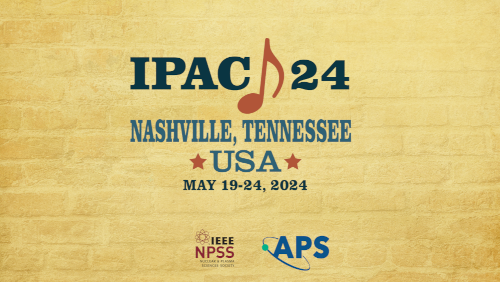Speaker
Description
The Future Circular Electron-Positron Collider (FCC-ee) is CERN's leading proposal for the next generation of energy-frontier particle accelerators. To reach integrated luminosity goals, it aims to be operational for minimum 80 % of the scheduled 185 physics days each year. For comparison, the Large Hadron Collider (LHC) achieved 77 % in 2016-2018. There are additional challenges in the FCC-ee due to its size, complexity and ambitious technical objectives. Availability is therefore a significant risk to physics deliverables. This paper presents the framework used to analyse availability and luminosity in the FCC-ee. To showcase its capabilities, first, a top-level system deconstruction reveals several key relationships for the Radio Frequency (RF) system. Second, two proposed technologies are simulated to overcome constraints in the Z, W operation cycle. Of these, pre-polarised bunch injection (PPBI) shows tremendous advantage for shielding integrated luminosity from a challenging availability environment.
| Region represented | Europe |
|---|---|
| Paper preparation format | LaTeX |

